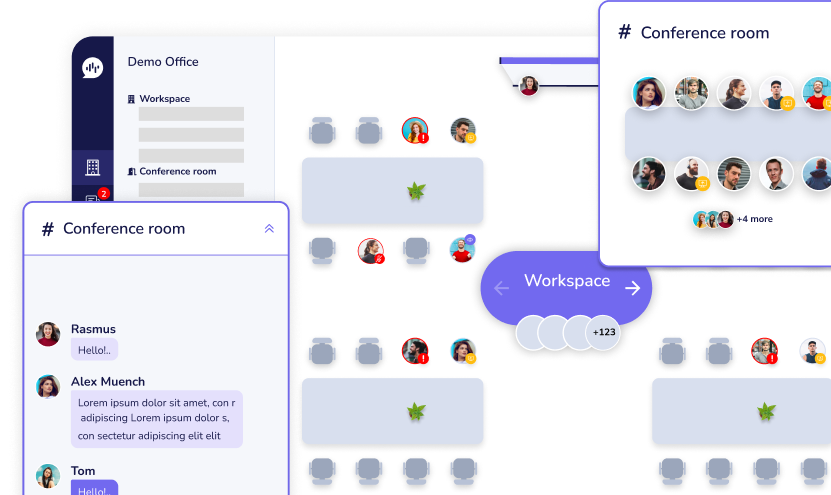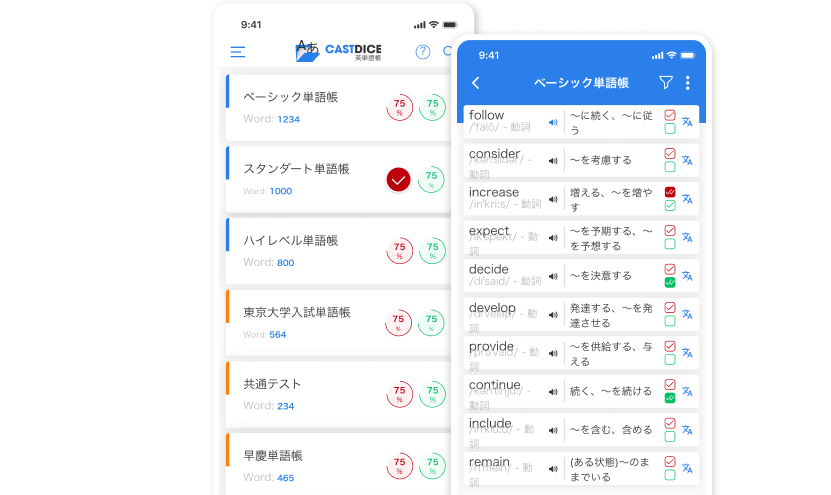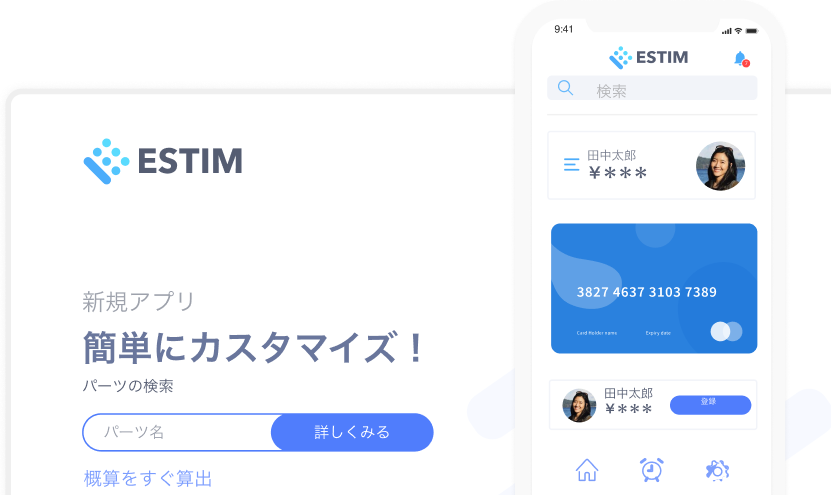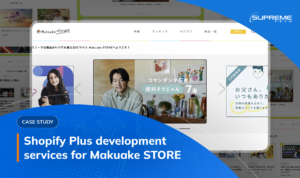Top 10 Digital Commerce Companies in Vietnam
26/09/2025
805
Table of Contents
Vietnam has emerged as one of Southeast Asia’s fastest-growing digital commerce markets. With over 100 million people, a rapidly expanding middle class, and high internet penetration (more than 75%), the country offers fertile ground for e-commerce businesses to thrive.
According to Vietnam News, local consumers spent about US$16 billion online in 2024 on major platforms like Shopee, Lazada, and TikTok Shop. Meanwhile, e.vnexpress.net reports that the total market size has reached US$22 billion, making Vietnam the third-largest e-commerce market in Southeast Asia. Experts project the market will continue growing at a CAGR of over 21% until 2030, reaching nearly US$62.5 billion (Mordor Intelligence).
This impressive growth makes choosing the right technology partner crucial for businesses aiming to scale digital commerce operations in Vietnam. To help you navigate the landscape, Supreme Tech has curated a list of the Top 10 Digital Commerce Companies in Vietnam, highlighting their strengths and expertise.
SupremeTech
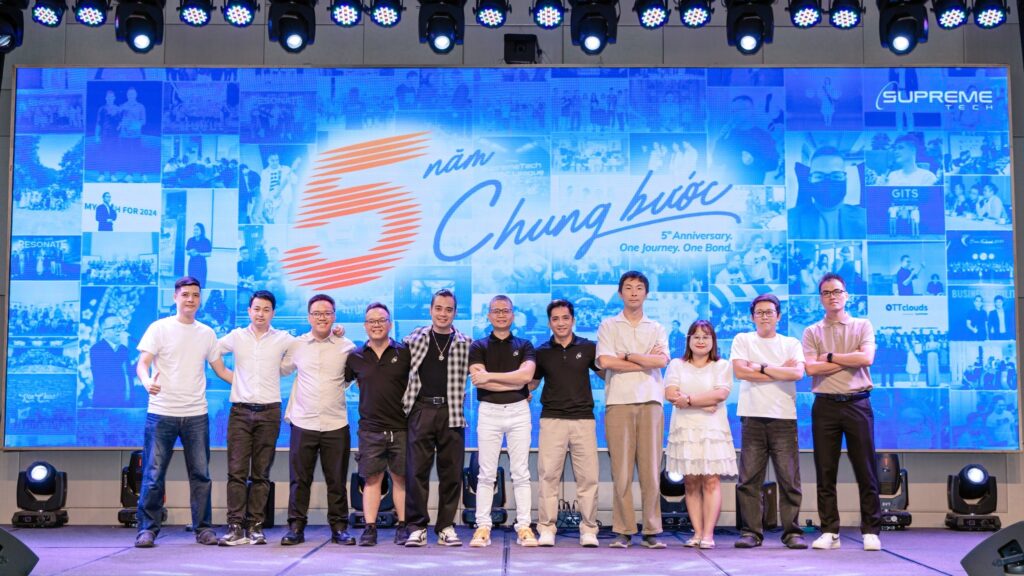
SupremeTech is a product-focused Agile development company in Vietnam. SupremeTech is currently serving clients across Japan, US, and Australia. They specialize in digital transformation and software solutions for big corporations in retail, healthcare, F&B, etc. Established in 2020, SupremeTech has grown rapidly from just a few members at the beginning to over 180 employees.
At SupremeTech, we implement the Scrum methodology and Agile framework to enhance efficiency and innovation. We optimize and leverage the Agile process to deliver a working product faster than a standard sprint. We provide real-time progress reports for each project because we value transparency and collaboration. AI-assisted development is currently being applied to custom software projects to foster delivery time and optimize cost for clients.
- Founded: 2020
- Team size: 180+ employees
- Key clients: Enterprises and multinational brands in industries such as Retail, E-commerce, Healthcare, and Human Resources.
Strengths:
- Agile Offshore Dedicated Teams
- Digital Transformation for Retail Brands
- Web & Mobile Application Development
- Cloud Infrastructure Migration & DevOps
- OTT Streaming White-label Apps
- ISO/IEC 27001:2022 certified, ISTQB Partner Program member
Kyanon Digital

Kyanon Digital is a leading technology company in Vietnam specializing in digital commerce solutions, with the slogan “Making Digital Impact that Matters”. Founded in 2012, the company provides end-to-end services that help businesses design, build, and scale their digital commerce platforms. Their expertise covers B2B, D2C, marketplaces, composable commerce, and omni-channel growth.
With a strong focus on Agile development, seamless system integration, user-centric design, and long-term optimization, Kyanon Digital positions itself as a trusted partner that delivers not just digital commerce platforms but also sustainable growth and innovation for clients.
- Founded: 2012
- Team size: 500+
- Key clients: Leading retail groups in Japan, Thailand, NutriAsia, confidential regional enterprises…
Strengths:
- Wide service coverage: Expertise in B2B, marketplace, composable commerce, and omni-channel solutions.
- Data integration & personalization: Strong capabilities in unifying customer data, enabling predictive analytics, and creating personalized customer experiences.
- User-centric design: Focus on seamless omni-channel journeys with intuitive, mobile-friendly interfaces.
- Agile & engineering excellence: Proven Agile methodology, cloud-native and microservices architecture, plus ISO-certified 9001 and 27001.
- Long-term support: Provides ongoing operations, maintenance, and optimization beyond system launch.
- Trusted by top brands: Collaborates with Sharp, Central Retail, Unilever, Starbucks, and other major enterprises.
Afocus
Afocus is a team of passionate design-thinkers, curious product strategists, and innovative digital transformers living in Vietnam. They are focused on products, not projects, with your business growth being our highest priority from day one.
From ideas to delivery, Afocus supports each client along the full life cycle of their digital initiatives:
- Analyzing business, marketing and sales targets, competition and constraints,
- Identifying and collecting requirements,
- Establishing, redefining & implementing branding, marketing and advertising strategies,
- Elaborating concepts (IA & Wireframe/Mockup) from simple business ideas,
- Designing Responsive & intuitive customer & User Interface (UI: Look & Feel) / Experience (UX) and system architecture,
- Coding sites/apps/softs rather on an agile and test-driven mode,
- Controlling / Assuring quality with international standards (+ user testing),
- Deploying and following-up evolutive and corrective maintenance.
- Optimizing traffic (ASO/SEO), usage & sales with data collection, analysis & reporting…
Groove Technology

Groove Technology is the first and last stop for companies worldwide that need support to develop digital products and custom software solutions. Their integrated resource model paves the way for your technology projects to be completed sooner, with less effort.
They help businesses expand their software development capabilities. How?
- Ready-made and well-oiled offshore teams at your disposal
- Proactive and innovative software development approaches
- A partner that prioritises trust and delivering quality solutions
Adamo Software
As the top software development company based in Vietnam, Adamo Software surpasses edge-cutting digital solutions for global organizations with the aim of adopting new technologies and transforming business operations.
Adamo offers full-cycle and customized software development services with high-quality and lucrative solutions. Listed as the top 10 Vietnam’s software development companies, Adamo excels at mobile app development, web-based solutions, website development, and portal development.
Their skillful and experienced developers provide you with innovative, efficient, valuable-tailored, and sustainable digital solutions. Whether it is a user-centric app or transformative corporation-level software solutions, Adamo will transform your business ideas into superb software products with continuous support.
CodeNinja
At CodeNinja, they believe that there’s a lot of untapped engineering potential in the world and they’re here to tap it. They’re a mission-driven software company of 250+ engineers striving to solve the world’s hardest problems for people, businesses, and Governments by tapping the untapped engineering potential of High-Growth and emerging markets.
Their mission is to improve the lives of three billion people living in emerging markets by creating opportunities in technology.
SECOMM
SECOMM is a full-service ecommerce solution provider using various platforms, tools, and technologies to satisfy all the business’s complex systems.
- Ecommerce Consulting
- Ecommerce Development
- Ecommerce Maintenance
- Ecommerce Acceleration
BSS Commerce
BSS Commerce is a global full-service eCommerce agency that provides cutting-edge technology solutions to B2B, B2C, and B2B2C businesses. They are empowered by partnerships with multiple platform providers and highly-qualified experts with customer-centric value at heart.
As an accredited eCommerce solution provider, BSS offers a comprehensive eCommerce strategy to accelerate your business through wide-scale service on multiple platforms. They also enhance your eCommerce systems with highly-recommended Magento Extensions, Shopify Apps & Shopware Extensions.
They make your eCommerce vision to life with our Global Standard, Best-in-class Service, and Solution-oriented mindset.
Magenest JSC
Magenest is a one-stop digital solution provider with a special focus on eCommerce systems, ERP/CRM platforms, Cloud Infrastructure, Digital Marketing, and more.
As a leading technology solution company in APAC, they have helped brands activate and scale their digital presence, transform business operations, and empower the workforce through our solutions with Adobe Magento Commerce, Odoo, HubSpot, and Amazon Web Services.
The quality of their work is backed by industry leaders: SM Markets, Abbott, Heineken, Trung Nguyen Legend, Bibomart, ACFC, Hoang Phuc International, etc.
AMELA Technology
Amela Technology is a global IT services and consulting company established in Hanoi city (Vietnam). They bring your idea to life by bridging technological gaps and manpower shortages with the following top-tier solutions:
- Software Outsourcing & Development
- Emerging tech: Blockchain, IoT, and AI solutions
- Web & Mobile App Development
- Embedded Systems Quality Control & Testing
- Start-up supporting
- Human resource introduction
- Engineer dispatching
In the course of their development, they have pleased clients from one of the most demanding markets in Japan in a variety of industries, including eLearning, eCommerce, live streaming, healthcare, and ERP.
Why Work with Digital Commerce Companies in Vietnam?

- Cost-effective yet high-quality talent: Vietnam offers competitive rates with strong technical expertise.
- Deep understanding of local & ASEAN markets: Local partners have practical insights into consumer behavior in the region.
- Modern methodologies (Agile, Composable, Modular): These companies adopt cutting-edge approaches to keep pace with market shifts.
- End-to-end support: From consulting and implementation to scaling and maintenance, businesses are fully supported.
Final thoughts
Vietnam’s digital commerce market is booming, presenting huge opportunities for both local and international businesses. By collaborating with the right technology partner, companies can accelerate growth, enhance customer experiences, and scale sustainably in this competitive market.
Are you looking to build or expand your digital commerce capabilities? Get in touch with SupremeTech today and discover how we can turn your vision into a scalable success story.
Related Blog











